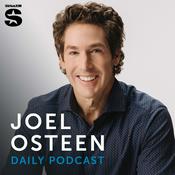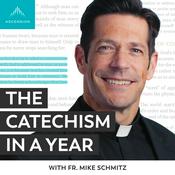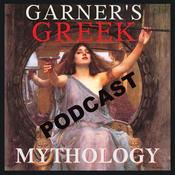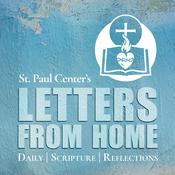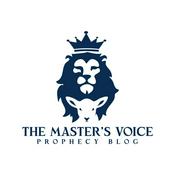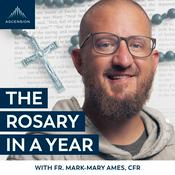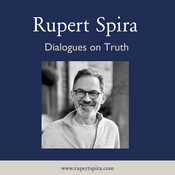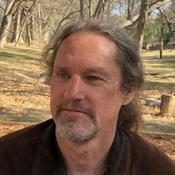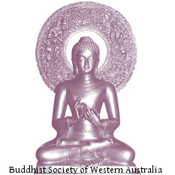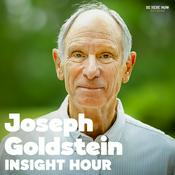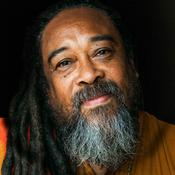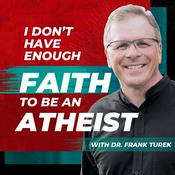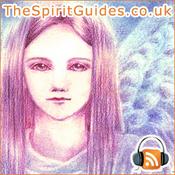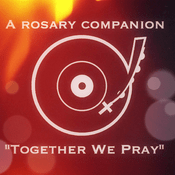Available Episodes
5 of 219
- Where Generosity Gathers: The Big Sur Big ShareIn this episode, we spotlight The Big Sur Big Share, a grassroots food program founded by Joseph Bradford and Helen Handshy that has quietly become essential to life in Big Sur. Every Monday, rain or shine, locals gather at the Grange to share farm-fresh produce, pantry staples, garden abundance, and maybe most importantly, time with one another. What began with two neighbors offering their extra vegetables has grown into a weekly free farmers market that feeds hundreds of people in a 70-mile food desert. The Big Share preserves dignity by letting people choose their own food; it strengthens community by turning personal abundance into collective support. It reminds us that resilience comes not from institutions, but from neighbors showing up for one another. Joseph and Helen share how the project began, how it’s evolved, and why nourishment is as much about belonging as it is about food. Candice Isphording, head of Esalen's farm and garden, talks about how and why it's so meaningful to contribute to the Share, and what food as medicine really means. Visit https://www.thebigsurbigshare.com/donate to contribute to this organization's vital mission.--------14:52
- Stanislav Grof on LSD Psychotherapy: Live Talk at Esalen, 1969Stanislav Grof, born in Prague in 1931, was among the most influential figures in the early clinical use of LSD. Sometimes referred to as the Godfather of psychedelic psychotherapy, Grof was was trained as a Freudian psychoanalyst in Prague and was on track to follow in Freud's footsteps when his path was derailed by a powerful LSD session. He changed his life path and became one of the principal investigators of early psychedelic research behind the Iron Curtain, conducting systematic LSD psychotherapy at the Psychiatric Research Institute in Prague. Grof’s approach was largely psycholitic - meaning that in contrast to the single high-dose mystical model, he favored smaller doses that could be given consistently over the course of multiple sessions, thus emphasizing the very gradual revealing of the layered strata of the human unconscious. In this talk, Grof describes how the same substance can evoke vastly different experiences in different individuals, from childhood regression, to episodes resembling psychosis, to genuine mystical revelation. He offers accounts of patients reliving early developmental trauma and what appeared to be birth agony, followed by experiences of renewal or “rebirth.” He also touches on the emergence of archetypal and transpersonal imagery in advanced stages of therapy, giving insight into the collective and cosmic dimensions of mind. Here’s the brilliant Stan Grof in 1969 at Esalen institute. Photo by Joyce Lyke--------49:04
- Publishing at the Edges: A Conversation with Tim McKee of North Atlantic BooksSince 2016, Tim McKee has been the publisher of North Atlantic Books, a nonprofit press with a 50-year legacy of advancing healing, consciousness, and cultural transformation. North Atlantic Books has long been aligned with a similar spirit that animates Esalen: a commitment to somatics, trauma-informed healing, a willingness to platform voices working at the edges of personal and collective awakening. The catalog at North Atlantic books includes seminal works ranging from The Wild Edge of Sorrow by Francis Weller to Gabor Maté’s In the Realm of Hungry Ghosts — books that helped introduce somatic and trauma-based healing to the broader culture. Other books they publish include Black Psychedelic Revolution by Nicholas Powers, Mystery School in Hyperspace by Graham St. John, a cultural history of DMT, Reclaiming Ugly by Vanessa Rochelle Lewis, and Antifascist Dad coming soon, from the conspirituality podcast host Matthew Remski. In this conversation, Tim and Sam explore how publishing at its best can be a liberatory act, how the “personal” and the “political” have become difficult to separate in the current landscape, and issues surrounding publishing marginalized and emergent voices. They discuss what it takes to support authors whose work challenges dominant narratives, and how a publishing house can strive toward equity not just in output, but in process.--------34:32
- From the Archives: John Lilly and the Quest for Satori (1971)Today we revisit a 1971 talk by Dr. John C. Lilly: physician, neuroscientist, tireless psychonaut, and one of the most audacious explorers of consciousness in the twentieth century. John Lilly was a frequent teacher at Esalen and a close friend of Esalen co-founder Dick Price. He begins teaching at Esalen as early as 1968, focusing on what he called the human biocomputer and lecturing in part on “isolation, solitude, and confinement experiments.” Lilly is widely known for three things; first, he invented the first isolation tank — a dark and silent vessel filled with a saline solution that is meant to suspend the body and expose the mind to itself. He made his first one in 1954. Second, Lilly was convinced of the possibility of interspecies communication, notably between dolphins and homo sapiens. And finally, Lilly was an early experimenter with ketamine, from a psychedelic point of view, an interest that ultimately led to an addiction which drove him quite mad. However, during this talk from 1971, he is in great form, speaking about the concept and practice of Satori: the instantaneous awakening, the shock of direct perception.--------1:22:08
- Eckhart Tolle at Esalen in June, 2001: The Power of NowIn June of 2001, the Esalen Institute hosted Eckhart Tolle for a weekend workshop. By that time, Tolle’s book The Power of Now had already begun an improbable ascent, exploding from a totally unknown into something of a cultural phenomenon. The central insight of Eckhart Tolle’s work is that the future doesn’t hold your salvation, and it doesn’t pay to get lost in the past, either. What we long for, what we chase after, what we regret, all of it obscures the deeper truth: the only real place life exists is in this living present moment. In this archival talk that Tolle gives in the Leonard Pavilion at Esalen, he moves through his major themes. He talks about: • Identification with thought - that most of us unconsciously believe we are our thoughts and emotions, which creates suffering and an endless search for fulfillment. • Surrendering and saying ‘yes’ to what is: what can happen when you stop resisting the moment and accept exactly what arises, even if it is painful. • the relief that comes in resting in presence. Visit Tolle online: https://eckharttolle.com/--------1:12:32
More Religion & Spirituality podcasts
Trending Religion & Spirituality podcasts
About Voices of Esalen
"Voices of Esalen" features provocative, in-depth interviews with the dynamic leaders, teachers, and thinkers who reflect the mission of the Esalen Institute.
For more about the Esalen Institute, head to esalen.org
Follow Esalen on Facebook and Twitter
Podcast websiteListen to Voices of Esalen, Made to Dwell and many other podcasts from around the world with the radio.net app
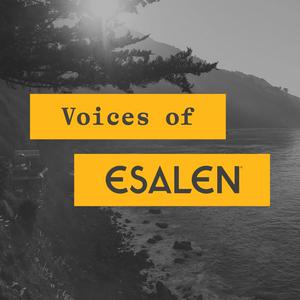
Get the free radio.net app
- Stations and podcasts to bookmark
- Stream via Wi-Fi or Bluetooth
- Supports Carplay & Android Auto
- Many other app features
Get the free radio.net app
- Stations and podcasts to bookmark
- Stream via Wi-Fi or Bluetooth
- Supports Carplay & Android Auto
- Many other app features
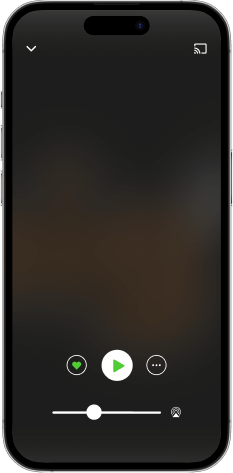

Voices of Esalen
Scan code,
download the app,
start listening.
download the app,
start listening.

